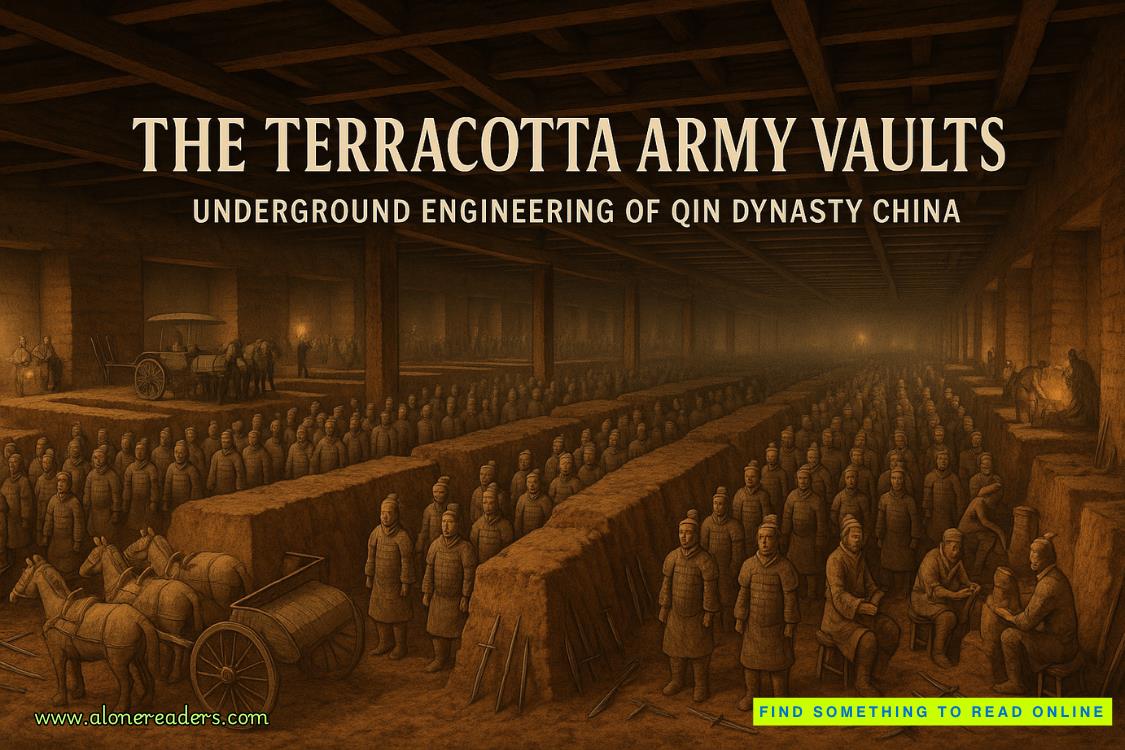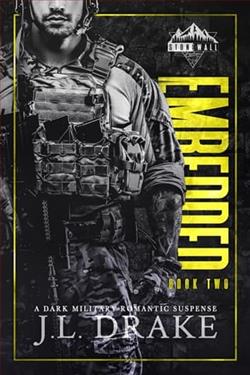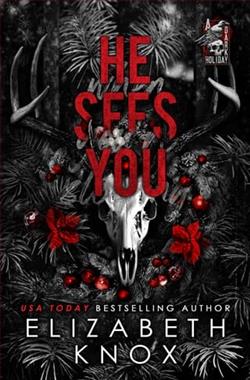Page 7 of Men In Blue (Badge of Honor 1)
Dutch grabbed the skinny blond kid by the collar of his zipper jacket and threw him violently across the room. Then he took three steps to the door of the diner. He pushed it open with his shoulder, and went through it; and then he was holding his pistol in both hands, taking aim; and then he fired, and again and again.
The noise from his pistol was deafening, shocking, and Louise heard a woman yelp, and someone swore.
The skinny blond boy came running down the aisle. She got a good look at his face. He looked sick.
Louise pushed herself off her chair and ran down the aisle to the cash register.
Dutch was outside, on his knees beside a form on the ground. Louise thought it was another blond boy, but then Dutch turned the body over on its back and she saw lipstick and red, round-framed women’s eyeglasses.
“He ran into the restaurant,” Louise screamed. When there was no response from Dutch she screamed his name, and got his attention, and, pointing,
repeated, “He ran into the restaurant. The blond boy.”
He got up and walked quickly past her. She followed him.
The Greek proprietor came up.
“He ran through the kitchen, the sonofabitch,” he reported.
Dutch nodded.
He put his pistol back in its holster and fished the cashier’s telephone from where it had fallen, onto the cigars and foil-wrapped chocolates, when the glass counter had shattered.
He dialed a number.
“This is Captain Moffitt, Highway Patrol,” he said. “I’m at Harbison and the Boulevard, the Waikiki Diner. Give me an assist. I have a robbery and a police shooting and a hospital case. I’m hit. One male fled on foot, direction unknown, white, in his twenties. Long blond hair, brown zipper jacket. No! Goddamn it. Harbison and the Boulevard.”
He put the phone back in the cradle, smiled reassuringly at Louise, and raised his voice.
“It’s all over, folks,” he said. “Nothing else to worry about. You just sit there and finish your meals.”
He turned and looked at Louise again.
“Dutch, are you all right?” Louise asked.
“Fine,” he said. “I’m fine.”
And then he staggered, moving backward until he encountered the wall. His face was now very white.
“It was a goddamned girl!” he said, surprised, barely audibly.
And then he just crumpled to the floor. “Dutch!” Louise cried, and went to him.
He’s fainted! That’s all it is, he’s fainted!
And then she saw his eyes, and there was no life in them.
“Oh, Dutch!” Louise wailed. “Oh, damn you, Dutch!”
****
Philadelphia, in 1973 the fourth largest city of the United States, lies in the center of the New York-Washington corridor, one of the most densely populated areas in the country.
A one-hundred-mile-radius circle drawn from William Penn’s statue atop City Hall at Broad and Market Streets in downtown Philadelphia takes in Harrisburg to the west’, skirts Washington, D.C., to the south; takes in almost all of Delaware and the New Jersey shore to the southeast and east; touches the tip of Manhattan Island to the northeast; and just misses Scranton, Pennsylvania to the north.
Within that one-hundred-mile-radius circle are major cities: Baltimore, Maryland; Camden, Trenton, Elizabeth, Newark, and Jersey City, New Jersey; plus a long list of somewhat smaller cities, such as Atlantic City, New Jersey; Wilkes-Barre, Pennsylvania; Wilmington, Delaware, and New Brunswick, New Jersey; York, Lancaster, Reading, Allentown, Bethlehem, and Hazleton, Pennsylvania; plus the boroughs of Manhattan, Brooklyn, and Richmond (Staten Island) of New York City.
There are more than four million people in the “standard metropolitan statistical area” of Philadelphia and its environs, and something over two million people within the city limits, which covers 129 square miles. In 1973, there were approximately eight thousand policemen keeping the peace in the City of Brotherly Love.















